Choosing the right piping material is crucial for the efficiency, durability, and safety of your heating or plumbing project. Among the most reliable options today is PEX AL PEX pipe, a three-layer composite tubing that combines the flexibility of PEX with the strength of an aluminum core. Whether you are planning a residential underfloor heating system, hot water circulation, or a commercial plumbing installation, understanding the key factors in selecting PEX AL PEX tubing can save time, reduce costs, and prevent future maintenance issues.
1. Understand the Structure and Benefits of PEX AL PEX
PEX AL PEX tubing consists of:
Inner and outer layers of PEX for corrosion resistance and flexibility
Middle layer of aluminum for high pressure tolerance, low thermal expansion, and shape stability
Advantages:
High durability and resistance to cracking
Suitable for both hot and cold water applications
Reduced thermal expansion compared to standard PEX
Can be used as insulated PEX pipe underground for energy-efficient heating systems
2. Determine the Right Pipe Diameter and Wall Thickness
The pipe diameter and wall thickness directly impact water flow, pressure rating, and compatibility with fittings:
Residential underfloor heating: typically 16–20 mm diameter tubing
Hot water circulation loops: 20–32 mm diameter depending on system size
Wall thickness: affects pressure rating (PN); choose based on your system’s operating pressure
3. Consider Temperature and Pressure Requirements
PEX AL PEX is suitable for high-temperature applications, but you should always verify:
Maximum working temperature (often 95°C for hot water systems)
Pressure rating (PN 6, PN 10, PN 16, etc.)
Ensure the pipe can handle seasonal expansion and contraction, especially for underground installations
4. Compatibility with Fittings and Installation Method
When selecting PEX AL PEX tubing, consider how it will connect to your system:
Connection types: compression, press, or clamp fittings
Ensure compatibility with available PEX AL PEX fittings
If transitioning to PVC or other pipe types, check availability of PVC to PEX fittings or PEX to PVC fittings
5. Insulation for Underground Applications
For insulated PEX pipe underground, proper insulation is key to prevent heat loss and freezing:
Use pre-insulated tubing or add external insulation sleeves
Consider installation depth and local climate
Proper insulation improves energy efficiency and reduces long-term operational costs
6. Length, Packaging, and Delivery Considerations
For bulk projects, suppliers often provide PEX AL PEX tubing in coils or straight sections:
Verify standard lengths available (50 m, 100 m, or custom)
Check packaging for protection during shipment
Ask suppliers about minimum order quantity (MOQ) and delivery time
Selecting the right PEX AL PEX pipe requires balancing durability, flexibility, pressure and temperature ratings, and installation requirements. For underground heating systems, using insulated PEX pipe underground ensures long-term energy efficiency and system reliability. Always verify compatibility with fittings, consider proper insulation, and consult with your supplier regarding lengths, packaging, and technical specifications.
By understanding these factors, you can confidently choose the right PEX AL PEX tubing for your project, ensuring optimal performance, longevity, and customer satisfaction.
FAQ
Q1: What is PEX AL PEX pipe and why is it used?
A: PEX AL PEX pipe is a three-layer composite tubing with inner and outer PEX layers and an aluminum core in the middle. This design provides flexibility, high pressure tolerance, low thermal expansion, and durability. It is widely used in underfloor heating systems, hot water circulation, and plumbing applications.
Q2: Can PEX AL PEX tubing be used underground?
A: Yes. For underground installations, it is recommended to use insulated PEX pipe underground to prevent heat loss and protect against freezing. Proper insulation ensures energy efficiency and long-term reliability.
Q3: How do I choose the right diameter and wall thickness?
A: The pipe diameter and wall thickness depend on your system’s flow requirements and pressure rating. Typical residential underfloor heating systems use 16–20 mm tubing, while hot water circulation may require 20–32 mm. Wall thickness affects the pressure rating (PN), so select according to your system’s maximum pressure.
Q4: Are there specific fittings for PEX AL PEX pipes?
A: Yes. PEX AL PEX tubing requires compatible fittings, such as compression, clamp, or press fittings. If connecting to other pipe materials like PVC, use PVC to PEX fittings or PEX to PVC fittings to ensure leak-proof connections.
Q5: What temperature and pressure can PEX AL PEX handle?
A: PEX AL PEX is suitable for hot water applications up to approximately 95°C, depending on the manufacturer. Pressure ratings vary (PN 6, PN 10, PN 16), so choose the rating that matches your system’s operating conditions.
Q6: How is PEX AL PEX pipe supplied?
A: PEX AL PEX is typically supplied in coils or straight lengths. Check the supplier for standard lengths, packaging, MOQ, and delivery time. Proper packaging helps prevent damage during transport.
Q7: Why should I choose insulated PEX pipe for underground projects?
A: Insulation prevents heat loss, protects against freezing, and increases system efficiency. Using insulated PEX pipe underground ensures consistent water temperature and reduces energy costs over time.

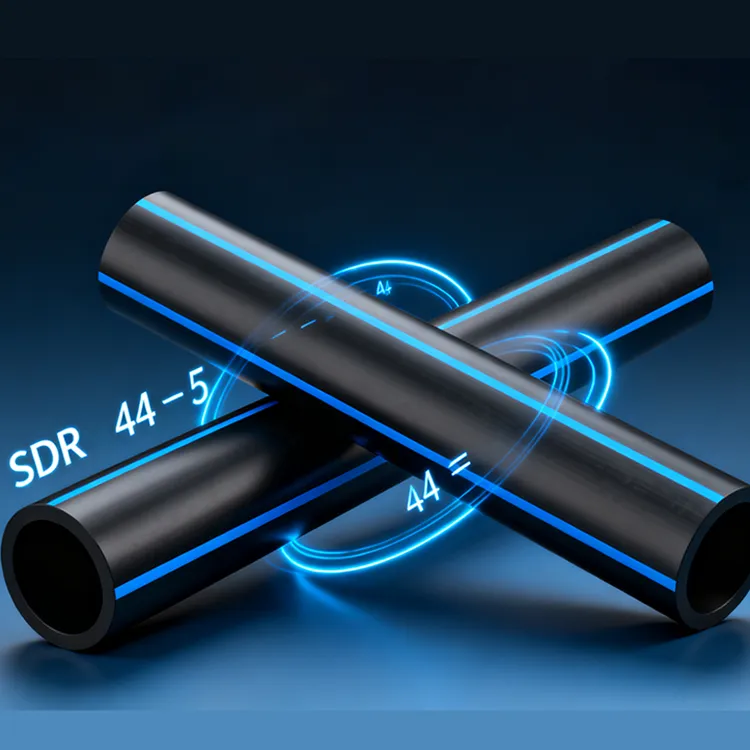
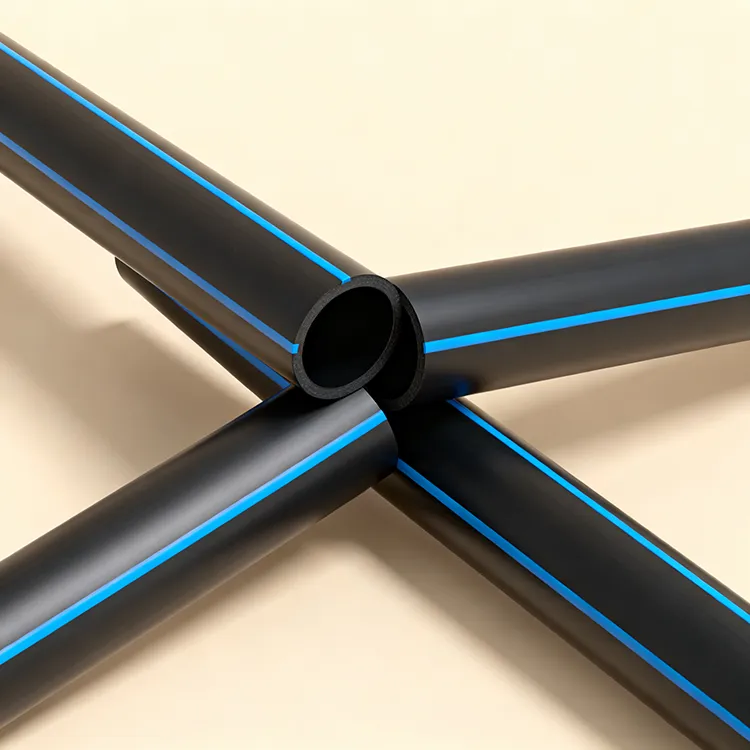
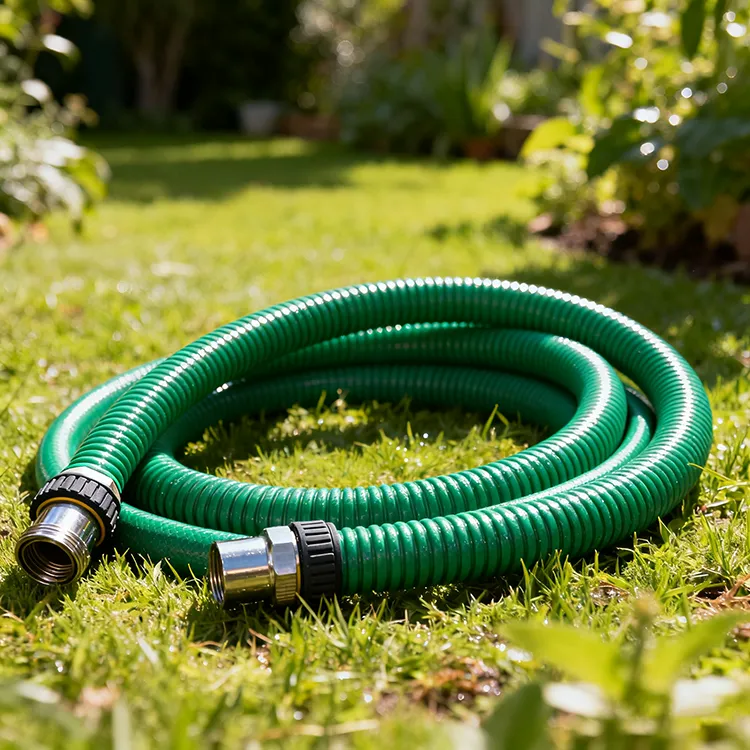
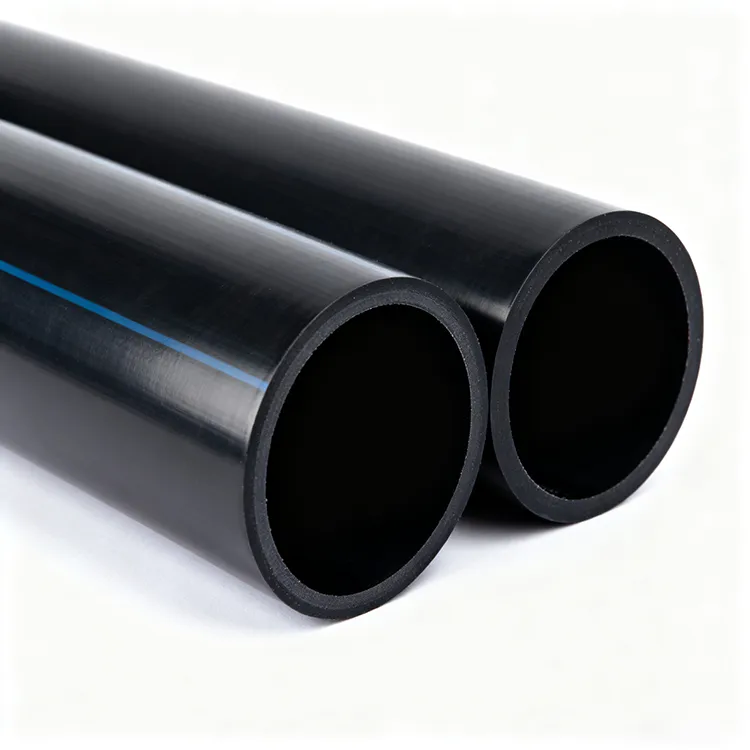
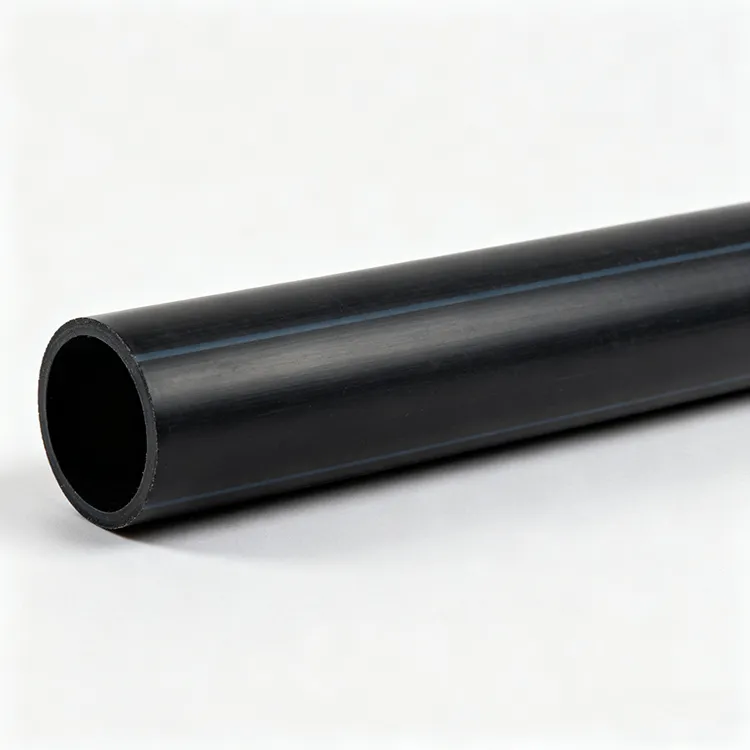
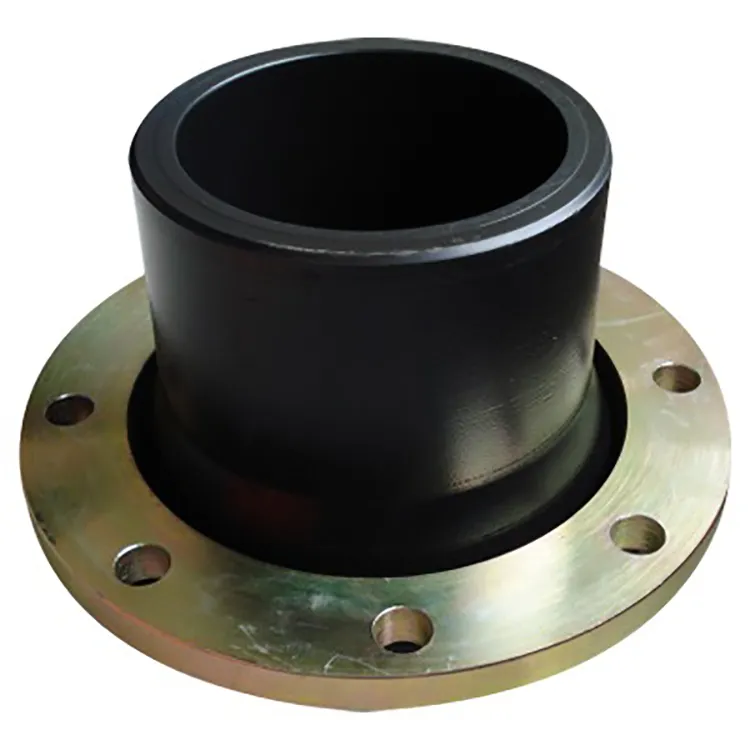
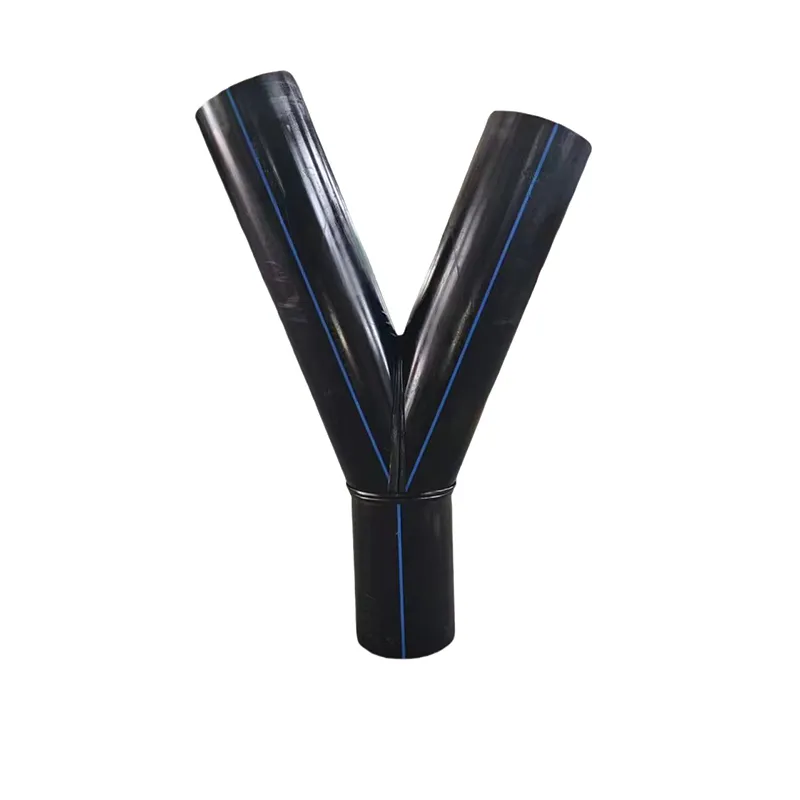
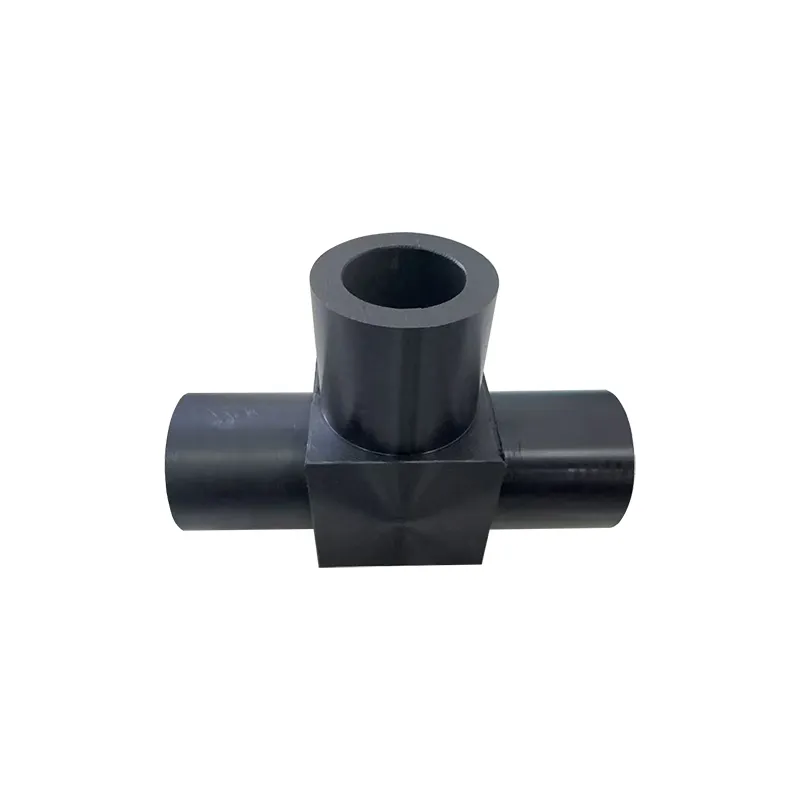
659.webp)
210.webp)
328.webp)
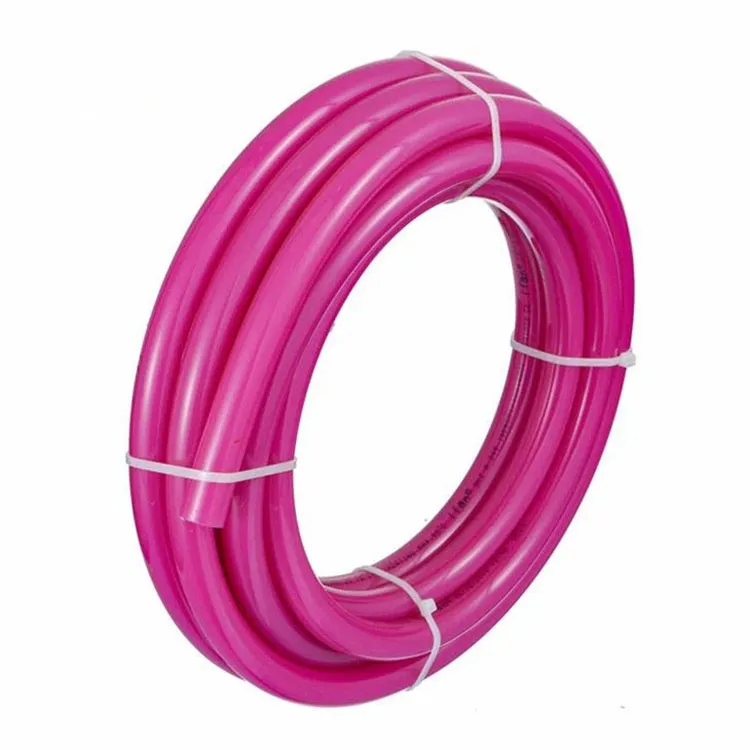
294.webp)
476.webp)


